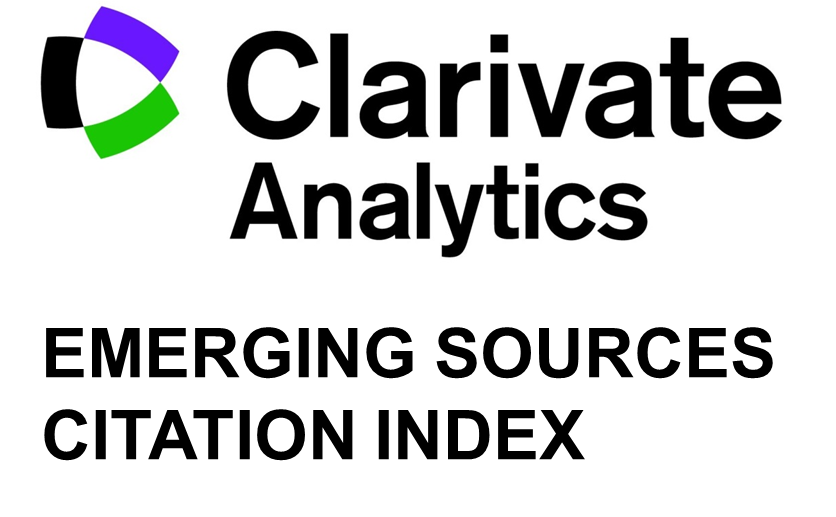Navy Ability Development Strategy using SWOT Analysis-Interpretative Structural Modeling (ISM)
Keywords:
Posture of Indonesian Navy, SWOT Analysis, Interpretative Structural Modeling (ISM).Abstract
Indonesia as an archipelagic country has potential problems that pose a threat. This can be inferred because of the security lack and the sovereignty in the sea border area. The aim of the paper is to formulate a development strategy of posture capabilities of the Indonesian Navy to encounter security threats in the national territorial waters. In this research using the integration of SWOT analysis method and Interpretative Structural Modeling (ISM) in formulating strategies of Indonesian Navy posture capability development. The result of this paper Based on SWOT analysis, the total strategy that has been formulated is 10 (ten) sub strategies which determine the development of the Navy posture abilities. Based on ISM Method, it is evident that Increase of state budget percentage for the maritime sector in the development of Navy capability and other stakeholders as (ST)1 is a significant driver for the development of the strategy. Utilization of the abundant labor force in recruitment of Navy Personnel as (SO)2 is at level II; Build a strong foundation and infrastructure of information systems in the maritime territory to cope the cyber threats as (ST)3 and Cooperation with developed countries with technology transfer for military infrastructure development as (WT)2 are at level III; Negotiations with neighboring countries in trans-state sea border agreements as (ST)2 is at level IV; Establish an integrated task force with fellow stakeholders in maritime security as (WO)1 and Establish a task force to eradicate corruption and illegal levies on marine sector as (WO)2 are at level V; Utilization of marine resources to support renewable energy at sea, and open employment for the community as (SO)1 is at level VI. Equitable development of maritime infrastructure and connectivity in coastal and border areas as (WT)1 and The use of the country's active-free politics as a mediator for China and US hegemony in Asia Pacific as (SO)3 are at the top of the hierarchy models of structural modeling based on interpretation. The key strategy is an increase of state budget percentage for the maritime sector in the development of Navy ability.
Downloads
Published
Issue
Section
License
Copyright (c) 2019 April Kukuh Susilo, Udisubakti Ciptomulyono, I Nengah Putra, A. Ahmadi, Okol Sri Suharyo

This work is licensed under a Creative Commons Attribution-NonCommercial 4.0 International License.














